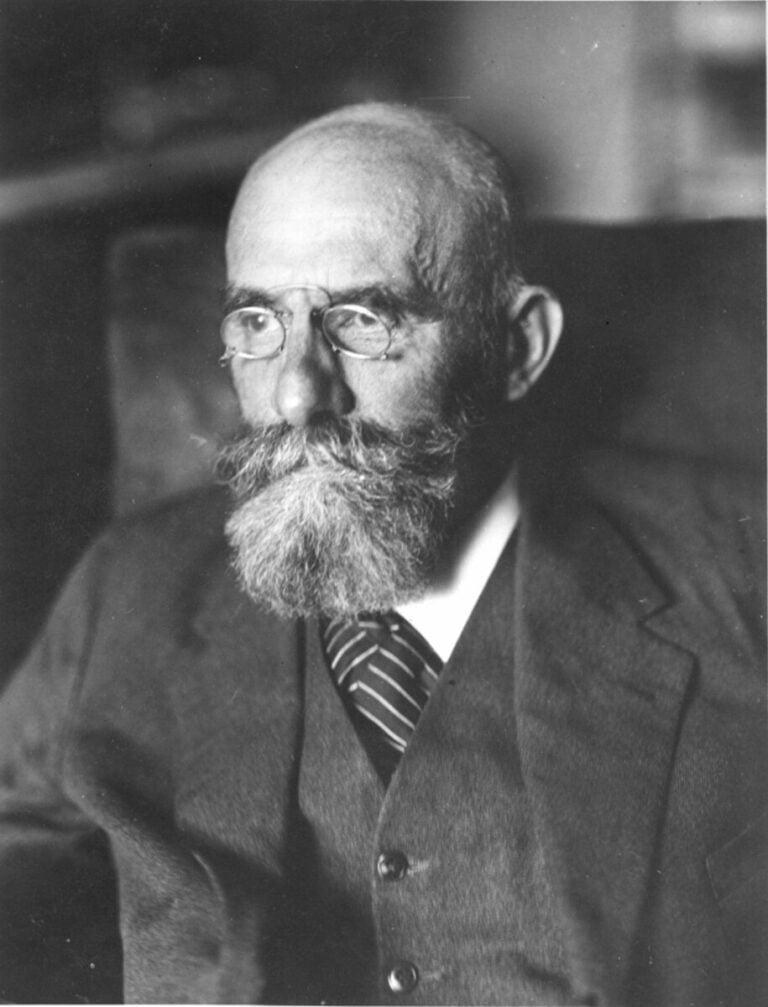It has been scientifically proven that unsaid words, interrupted telephone conversations, unfinished tasks and other unfinished processes negatively affect the psyche. Anxiety and dissatisfaction increases. An irritating feeling of general dissatisfaction appears.
Today it has become fashionable to call any unfulfilled need the phrase “unclosed gestalt.” And the realized one is a “closed gestalt”. In everyday meaning, we understand what is meant, but this is quite far from the true meaning of the word “gestalt”. Moreover, Gestalt therapy and Gestalt psychology are also fundamentally different concepts, practically not related to each other.
What exactly is “gestalt”, where did such a capacious name come from and how to use it practically? Let’s figure it out.
An excursion into history

Alas, Christian Von Ehrenfels did not continue to explore the theory put forward. Experimental psychologists of the time became interested in this topic: Kurt Koffka, Max Wertheimer and Wolfgang Keller.
Max Wertheimer was known for his experimental work in the study of perception and thinking. In 1910, he conducted research in the field of motion perception. It was then that he discovered the “phi-phenomenon”. In simple words, the “phi-phenomenon” is the illusion of the movement of stationary objects due to the sequential inclusion of light sources. This phenomenon perfectly illustrates the idea of gestalt. Namely, what is seen as a whole consists of a number of actions, particles and conditions. If you remove one thing, the integrity is destroyed.
Kurt Koffka, an outstanding scientist of the time, became so interested in Wertheimer’s activities that he offered himself as a participant and test subject in the experiments. Based on data obtained through experimental research, Koffka and Wertheimer jointly formulated an innovative idea about motion perception.
Wolfgang Keller in 1917, based on data from experiments with great apes, came up with the theory that their ability to “insight” is the core and stimulus of intelligent behavior. That is, the ability for a holistic intellectual reaction, which consists in the ability to find the essence of a situation, separating it from the rest. Interestingly, Keller was the first to identify man with an “open system.”
Scientists were united by an interest in the study of perception in general. Each of them asked the question of how a person distinguishes something “of his own” – holistic, from the variety of circumstances, events and actions. Thanks to the search for “integrity,” the direction of Gestalt psychology was born.
Despite the interest in this area, circumstances played against the founders of the idea of Gestalt psychology. The forced immigration of two scientists in 1933 from Germany to the USA put the study of a new direction on pause. In America in those years, the opposite psychological approach flourished, based on the idea of studying and changing behavior through rewards and punishments – Behaviorism. Gestalt psychology did not find the proper response.
Later, in 1957, Fritz Perls, Paul Goodman and Ralph Hefferlin would publish a work entitled: “Gestalt Therapy, Arousal and the Growth of the Human Personality.” It was this work that would mark the real beginning of the development of the direction of Gestalt therapy.
Do not confuse concepts
So there are two terms:
Gestalt psychology is a general psychological direction that existed from 1910 to 1930. She studied the phenomenology of visual perception of objects, personality psychology and research related to visual thinking. The fundamental idea of Gestalt psychology is the idea of integrity. Based on the opinion of the founders of Gestalt psychology, “Gestalt” can be considered any holistic image consisting of many different parts.
Gestalt therapy is a practical approach aimed at solving problems. That is, Gestalt therapy is not aimed at studying mental processes, it works to improve the patient’s condition, offering various techniques and methods of work. The idea of wholeness is present in Gestalt therapy as a holistic principle. That is, the principle of integrity, starting from which, it is impossible to consider the ongoing mental processes separately from the circumstances and personality.

In Gestalt therapy, “Gestalt” is a holistic approach to the individual, including the physical, emotional and intellectual principles. Gestalt therapy sets as its main goal the principle of awareness. Namely, attentive attitude to one’s own needs, understanding oneself, taking responsibility for one’s life, awareness of internal processes and needs. Each person is unique due to life experiences and lived situations. Each of them is valuable. If you take something away, it will be a slightly different personality. That is why Gestalt therapy is aimed at a holistic approach to the client.
The heart of Gestalt or the “Zeigarnik effect”
If the forecast is correct, positive reinforcement occurs – dopamine is released. If not, the neurons fire to process new information. There is an assumption that this brain functioning is aimed at conserving energy. The brain compares data with already known images and turns parts into gestalts. This is much faster than processing incoming information from the senses every time.
Returning to the reasons why unfinished business haunts us, we immediately recall a clear example of the work of an unfinished gestalt. Namely, the Zeigarnik Effect.
Once, the Soviet scientist Bluma Vulfovna Zeigarnik noticed a curious pattern that waiters perfectly remember unpaid orders, while completely forgetting closed and paid ones. It was decided to confirm the theory with experiment. It was proven that subjects recalled details and features of unfinished tasks significantly better than those that were fully completed. Plus, it turned out that those tasks that were not completed in full came to mind twice as often as completed ones. Moreover, subjects with unfinished tasks experienced tension and the need to go back and complete what they started.
How to close a gestalt: techniques

The best solution is to finish what you started and get it out of your head. Unfortunately, this is not always possible. For example, closing the gestalt and buying something or going somewhere is more realistic than talking about something with a person who is no longer there. For such a situation, there is the well-known “empty chair” technique. To perform, you need a chair, imagination and a willingness to talk about painful issues. It is necessary to imagine in detail the interlocutor sitting on this chair. Start a conversation and voice everything that has been troubling you for a long time. It may look strange from the outside, but in fact, it is an excellent method of letting go of the past and closing the gestalt.
The creative technique of “reversion” involves playing a role opposite to that which the client is accustomed to. An interesting technique for enhancing emotions and behavior is “amplification”. The point is to move internal reactions to external ones through strengthening. Helps you understand your emotions and feelings. One of the most famous techniques is “Mirroring”. The therapist literally mirrors the client’s phrases, postures, and gestures. This helps to pay attention to details and notice things that the client may not have noticed before.
It is generally accepted that Gestalt therapy only works with unmet needs. In fact, working with anxiety, self-esteem, depression and much more is a great practice.
Basic principles
Gestaltists work using the “here and now” principle, maintaining maximum contact with the client’s reality. Traumas of the past are seen in the context of the present. Fears of the future are also worked out through acceptance of the present self in this specific moment.
An integral part of the “here and now” principle is Awareness. This is the ability to focus on what is happening at a specific moment. To master this method, there are special mindfulness practices.
Responsibility is a critical component of therapy. Accepting your responsibility means understanding its boundaries. It comes through understanding what can really be influenced and what cannot. For example, one person’s desire to communicate may not coincide with the object of his affection. Anger arises. This is a responsibility. What to do with anger is mindfulness. You can talk to the object of your affection, you can discuss this in therapy, or you can keep destructive emotions to yourself and cultivate them. The more rational the decisions, the higher the level of responsibility.
This method pays special attention to the interaction of a person with the environment, this is called contact. The place of contact is the contact boundary.
Using the example of a romantic relationship, you can trace the boundaries of contact. Desires, thoughts, feelings, desires intersect. At the same time, everyone has boundaries. They don’t blur or disappear. This is the basis of psychologically healthy relationships.
Gestalt therapy teaches you to understand and be aware of your boundaries while maintaining integrity. Gestaltists use various experiments. By the way, Gestalt has its own special work with dreams.
Not suitable for everyone
Despite the advantages and attractiveness, it is worth saying that this approach also has weaknesses.
Very poor evidence base. In the specialized literature, more attention is paid to theory; private clinical cases are described as evidence of effectiveness. There are no studies or confirmed methodological base as such.
This is a method with a vague structure. There is a lot of spontaneity, there is no universal algorithm for a therapist’s work. Although, what is a minus for one is a plus for another.











